#Family: Spheniscidae
Explore tagged Tumblr posts
Text
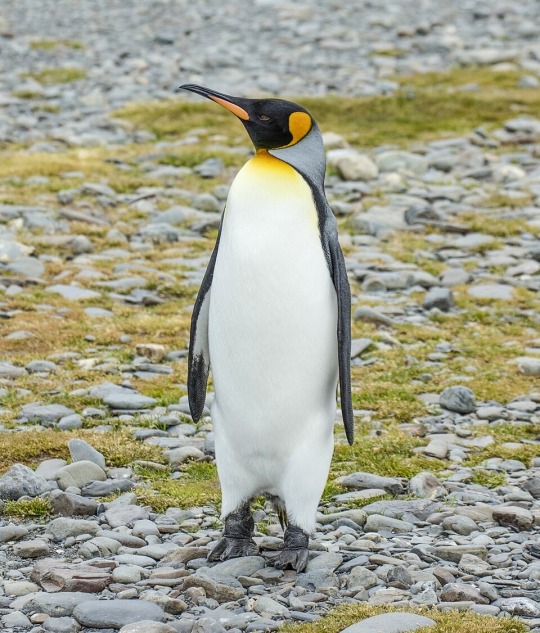


#poll#Class: Aves#Order: Sphenisciformes#Family: Spheniscidae#Genus: Aptenodytes#Aptenodytes Patagonicus
35 notes
·
View notes
Note
do you have a favourite penguin!
Oh yes, absolutely!!!
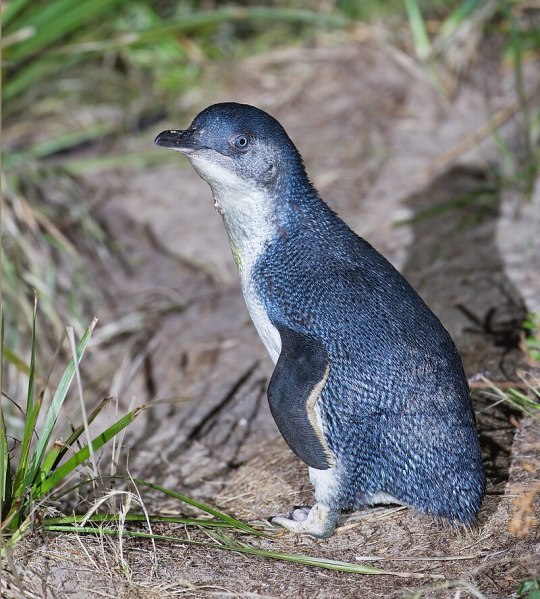
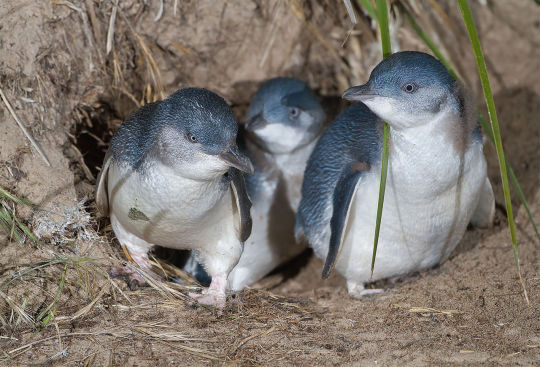
Fairy or Blue or Little Penguin (Eudyptula spp.), family Spheniscidae, order Sphenisciformes, found in coastal areas of New Zealand and southern Australia
This is the smallest penguin.
They nest in burrows at or near the coast.
This species has been split into 2 species, E. minor and E. novaehollandiae was split off in 2016.
photographs by JJ Harrison
#penguin#eudyptula#spheniscidae#sphenisciformes#seabird#ocean#bird#ornithology#australia#new zealand#animals#nature
1K notes
·
View notes
Text
Round 3 - Reptilia - Sphenisciformes




(Sources - 1, 2, 3, 4)
Our next order of birds are the Sphenisciformes, which contain one family, Spheniscidae, commonly called “penguins”.
Penguins are one of the most aquatic birds, highly adapted for life at sea. About half of their life is spent on land, while the other half is spent in the ocean. They are flightless, with wings modified into flippers for swimming. Their feathers are very dense, which help to both insulate the birds in cold water and trap a layer of air to ensure buoyancy. They can drink salt water because their supraorbital gland filters excess salt from the bloodstream, which is then excreted in a concentrated fluid from their nasal passages. On land, penguins either waddle on their feet or slide on their bellies across the snow while using their feet to propel and steer themselves. They also jump with both feet together if they want to move more quickly or cross steep or rocky terrain. Most penguins feed on krill, fish, squid, and other forms of sea life which they catch and swallow whole while swimming, using a spiny tongue and powerful jaws to grip their slippery prey. They live almost exclusively in the Southern Hemisphere; only one species, the Galápagos Penguin (Spheniscus mendiculus), is found north of the Equator. Larger penguins generally inhabit colder regions, while smaller penguins inhabit regions with temperate or tropical climates.
Penguins mostly breed in large colonies, the exceptions being the Yellow-eyed Penguin (Megadyptes antipodes) and Fiordland Penguin (Eudyptes pachyrhynchus). Penguin colonies may range in size from as few as 100 to as many as several hundred thousand, depending on species. Penguins form monogamous pairs for a breeding season, though the rate the same pair recouples the next year varies. Penguins lay one to two eggs in a clutch. Both parents share incubation duties, with the exception of the Emperor Penguin (Aptenodytes forsteri) (image 1), where the male does it all. Incubation shifts can last days and even weeks as one member of the pair feeds at sea. Penguin eggs are smaller than any other bird species when compared proportionally to the weight of the parent birds, but the shell is thick and the yolk is large. Some yolk may remain when the chick hatches, helping to sustain the chick if their parent is delayed in returning with food.
Penguins evolved in the Early Paleocene, around 62 million years ago. There is molecular evidence of an even earlier origin, in the Late Cretaceous.

Propaganda under the cut:
Penguins are named after the Great Auk (Pinguinus impennis), a now extinct, flightless shorebird. “Penguin” was the Spanish, Portuguese, and French name for the species. When European explorers saw what are today known as penguins in the Southern Hemisphere, they noticed their similar appearance to the Great Auk of the Northern Hemisphere and named them after this bird, although they are not closely related.
A group of penguins on land is called a “waddle”, and a group of penguins in the water is a “raft”.
The largest living penguin is the Emperor Penguin (Aptenodytes forsteri) (image 1). On average, adult Emperor Penguins are about 1.1 m (3 ft 7 in) tall and weigh 35 kg (77 lb).
Emperor Penguins are the world's deepest-diving birds. They can dive to depths of approximately 550 meters (1,804 feet) while searching for food.
The Emperor Penguin is able to control blood flow to their extremities, reducing the amount of blood that gets cold, but still keeping the extremities from freezing. In the extreme cold of the Antarctic winter, female Emperor Penguins are at sea fishing for food, leaving the males to brave the weather. Males often huddle together to keep warm and rotate positions to make sure that each penguin gets a turn in the centre of the heat pack.
When Emperor Penguin mothers lose a chick, they sometimes attempt to "steal" another mother's chick, usually unsuccessfully as other females in the vicinity assist the defending mother in keeping her chick.
The smallest penguin species is the Little Blue Penguin (Eudyptula minor) (image 3), also known as the Fairy Penguin, which stands around 30–33 cm (12–13 in) tall and weighs 1.2–1.3 kg (2.6–2.9 lb).
Some prehistoric penguin species were as large as humans, with the largest known being Kumimanu fordycei, which reached an estimated weight of 148–159.7 kg (326.3-352 lbs).
Gentoo Penguins (Pygoscelis papua) are the fastest underwater birds in the world. They are capable of reaching speeds up to 36 km (22.4 miles) per hour while searching for food or escaping from predators. They are also able to dive to depths of 170–200 meters (558-656 feet).
Around one in 50,000 penguins (of most species) are born with brown rather than black plumage. These are called isabelline penguins. Isabellinism is different from albinism. Isabelline penguins tend to live shorter lives than normal penguins as they are not well-camouflaged in the ocean, and are often passed over as mates.
Domestic Dogs preyed upon penguins while they were allowed in Antarctica during the age of early human exploration as sled dogs, but dogs have long since been banned from Antarctica.
Penguins had a popularity boom in the early 2000s, retaining a decade long chokehold on the media. There was rarely a year without a penguin-related movie in theaters, ranging from the animated jukebox musical “Happy Feet”, to the animated mockumentary “Surf’s Up”, to the brutally real documentary “March of the Penguins.”
The children’s book “And Tango Makes Three”, is an adaptation of the true story of a homosexual pair of Chinstrap Penguins (Pygoscelis antarcticus) at the Central Park Zoo. The male penguins were given an egg to hatch after they were observed showing courtship behavior and trying to incubate a rock. The practice of giving an egg to homosexual penguin (and other bird) pairs has been repeated in other zoos. Tango, their surrogate daughter, went on to form a relationship with a female penguin. “And Tango Makes Three” is one of the most banned books in America.
Penguins of many species have been impacted by oil spills across the Southern Hemisphere, but none so much as the critically endangered African Penguin (Spheniscus demersus) (image 4). Many oil spills have hit the African Penguin breeding colonies, but the most famous was on June 23, 2000, when the iron ore tanker MV Treasure sank between Robben Island and Dassen Island, South Africa. It released 400–1,000 tonnes of fuel oil, causing an unprecedented coastal bird crisis and oiling 19,000 adult penguins at the height of the best breeding season on record for this then vulnerable species. The oiled birds were brought to an abandoned train repair warehouse in Cape Town to be cared for. An additional 19,500 un-oiled penguins were removed from Dassen Island and other areas before they could become oiled and were released about 800 kilometres east of Cape Town. This gave workers enough time to clean up the oiled waters and shores before the birds could complete their long swim home (which took the penguins between one and three weeks). Tens of thousands of volunteers from around the world helped with the rescue and rehabilitation process, which was overseen by the International Fund for Animal Welfare (IFAW) and the South African Foundation for the Conservation of Coastal Birds (SANCCOB) and took more than three months to complete. This was the largest animal rescue event in history. More than 91% of the penguins were successfully rehabilitated and released: an amazing feat that could not have been accomplished without such a tremendous international response. The wild penguins are unfortunately still under threat from oil spills, as well as competition with fisheries. They were listed as critically endangered in 2024, with the remaining mature individuals numbering around 19,800 birds in a declining population. However, thanks to the tremendous rehab effort, it was discovered that African Penguins did very well in captivity, and a collaborative breeding program exists to ensure an assurance population.
African Penguins are not even the rarest penguins in the world. The endangered Yellow-eyed Penguin (Megadyptes antipodes) has experienced a significant decline over the past 20 years, with a remaining population of 2,528–3,480, owing to disease, invasive predators, and habitat loss. The endangered Galápagos Penguin (Spheniscus mendiculus) is particularly vulnerable due to its only native habitat being the Galápagos Islands. They have a decreasing population of around 1,200, owing to climate change and plastic waste pollution. Unfortunately, neither of these species has fared well in captivity, so no assurance population exists. They are all we have.
93 notes
·
View notes
Text

Fast Fauna Facts #27 - Royal Penguin (Eudyptes schlegeli)
Family: Penguin Family (Spheniscidae)
IUCN Conservation Status: Near Threatened
Named for their striking yellow crests which resemble crowns, Royal Penguins (not to be mistaken for the much larger Emperor Penguin or King Penguin) are found primarily on Macquarie Island (a small, largely rocky island between southern Aotearoa/New Zealand and northern Antarctica,) although they are also occasionally spotted on other neighbouring islands. Like most penguins Royal Penguins typically roost and nest in large, noisy colonies on rocky, well-vegetated beaches and leave the shore periodically to hunt for small fish, crustaceans and squids; members of this species rarely travel far from their colony when searching for prey, and as such several neighbouring colonies may coexist with limited competition for resources. Royal Penguins were historically extensively hunted for their blubber which was used to produce oil, but following the banning of penguin hunting on Macquarie in the late 1910's their populations have slowly recovered and are now believed to be stable.
----------------------------------------------------
<-Previous (Archimylacris) I Next (Horned Ground Frog) ->
#royal penguin#penguin#penguins#zoology#biology#ornithology#marine biology#bird#birds#animal#animals#wildlife#marine wildlife#seabird#seabirds
32 notes
·
View notes
Text
Birds in Sekai - 2
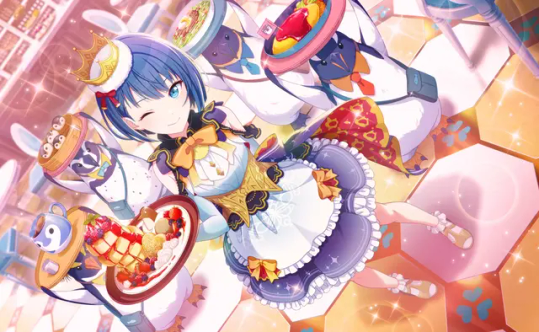
Card 200, In The Face Of "What I Love"
These birds are (from left to right):
Northern rockhopper penguin, Eudyptes moseleyi
African penguin, Spheniscus demersus
Emperor penguin, Aptenodytes forsteri
Gentoo penguin, Pygoscelis papua
All penguins lie in the family Spheniscidae, in the order Sphenisciformes. Below are images of each penguin species for comparison!
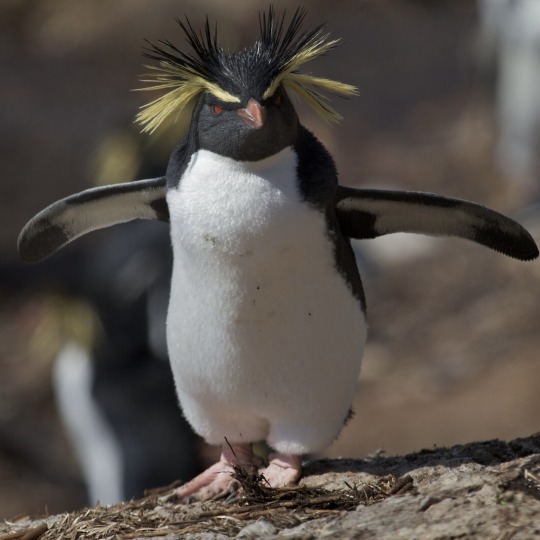



The rockhopper penguin’s usual red eyes have been coloured black instead in the card illustration, probably for added cuteness.
#rhythm games#project sekai#pjsk#more more jump!#kiritani haruka#birds in sekai#birds#bird arts#various birds#penguins
13 notes
·
View notes
Text
Delibird Facts

In honor of the upcoming holidays, here are Delibird Facts!
-The scientific name for Delibird is "Avis Holius" which roughly translates to "Holiday bird"
-Delibird are in the Spheniscidae family, making them related to pokemon like Empoleon and Eiscue
-Delibird carry food and other materials in their tail sacs. While they often give this food to other people or pokemon, they will politely refuse if they have young they're caring for
-Delibird are biologically designed to overcollect more food since they end up giving so much away
-While their food has helped many people in desperate times, don't expect to always
-Delibird mate for life
-Yes, Delibird can fly. They just don't do it often. It's actually surprising they can fly, since their wings are very weak and their bodies are very fat
-Their blubber helps keep them warm in cold climates. The Delibird in alola usually have less blubber

-You'd think that with their webbed feet and blubbery bodies, the Delibird would live near water, but there is almost no water on the icy mountain peaks where they make their homes. Their bodies are the biggest hint thst they're recently diverged from Empoleon
-While they can swim well, they're very buoyant and can have trouble swimming in deep waters
-While Delibird were common depictions of Santa, many Unovan movies had instead made Beartic Santa which has spread, so now Delibird are seen as Santa's helpers during the holidays
-Delibird are one of the most common pokemon for post office workers for how much they can carry in their sacs
-Delibird with the largest tails are the most respected in their flocks
-Delbird court each other by singing in groups. The tunes they sing vary between each group, but the songs they sing are called carols
-Delibird will also give their partners rocks as gifts (if I hear someone say anything about how that's stupid, please note how humans do the exact same thing)
-When Delibird first hatch, they come out with completely white down. They gain their red feathers as they reach adulthood
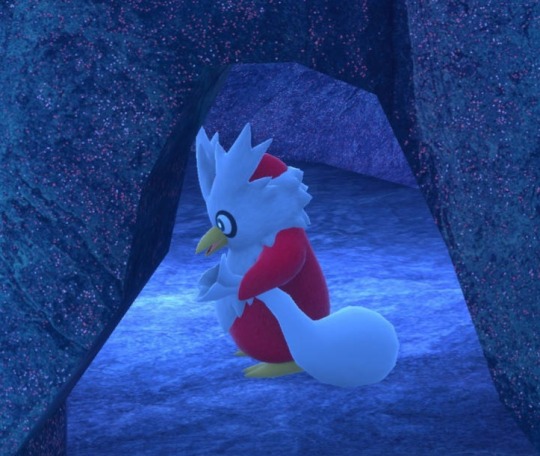
#quill pokefacts#delibird#pokedex#rotomblr#pokemon irl#pokeblogging#pokeblog#irl pokemon#pokemon#pokeblr#rotumblr#pkmn irl#pokemon roleplay#irl pkmn#pokemon biology#johto pokedex#pkmn#pkmn blog
97 notes
·
View notes
Text

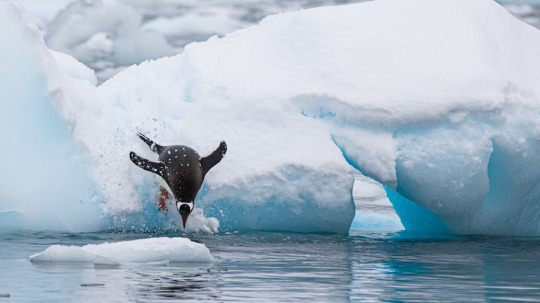
Gentoo Penguins in Antarctica
Birger Strahl
Name: Gentoo penguin
Scientific Name: Pygoscelis papua
Class: Aves
Domain: Eukaryota
Family: Spheniscidae
Location: Antarctica and Sub Antarctic Islands
Conservation status: Least concern
Diet: Crustaceans (krill), fish, squid
DISTRIBUTION
Antarctic Peninsula, Falkland Islands, South Georgia and the Sandwich Islands
ECOSYSTEM/HABITAT
Nest on flat or rocky beaches and beach grass; feed in cold nearshore waters
14 notes
·
View notes
Text







Humboldt penguin (Spheniscus humboldti), family Spheniscidae (penguins)
They have spines on their tongues, as well as in their mouths, used to hold prey and prevent it from escaping.
Young Humboldt penguins have less distinct markings, lacking the breast band of adults (see pink-banded penguin in last picture).
Ouwehands Dierenpark (top 3), Dierenpark Zie-ZOO (bottom 4), taken June 2024
#animals#zoo#zoo photography#nature#humboldt penguin#Spheniscus humboldti#spheniscidae#penguins#ouwehands dierenpark#dierenpark zie-zoo#I think the swimming penguin from Ouwehands is a juvenile too but it's hard to tell since it was submerged the whole time
6 notes
·
View notes
Text
i like how phoenix and gregory's favorite animals are part of the bird families, (Spheniscidas, Anatidae),and how they have skins to represent that animal :) seeing phoenix in penguin pyjamas and rocking those red tinted glasses makes me smile, and seeing gregory in such an outfit with a sad look on his face makes me laugh,
ok i came back to this like 5 minutes later. phoenix's glasses are a fucking metaphor about rose-tinted glasses im gonna cry
2 notes
·
View notes
Text
Penguins
All penguin species are native to the Southern Hemisphere, but they don't all live in very cold places. One species, the Galápagos Penguin, lives near the equator.
10 things you might not know about penguins:
0 notes
Text

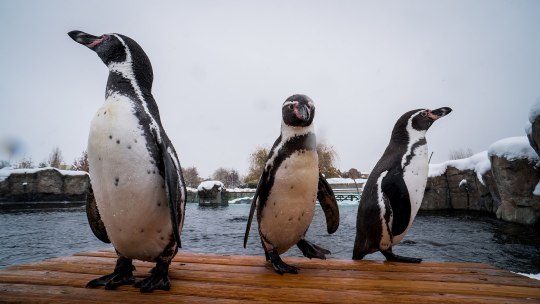




#poll#Class: Aves#Order: Sphenisciformes#Family: Spheniscidae#Genus: Spheniscus#Spheniscus Humboldti#Range: Neotropical
18 notes
·
View notes
Text
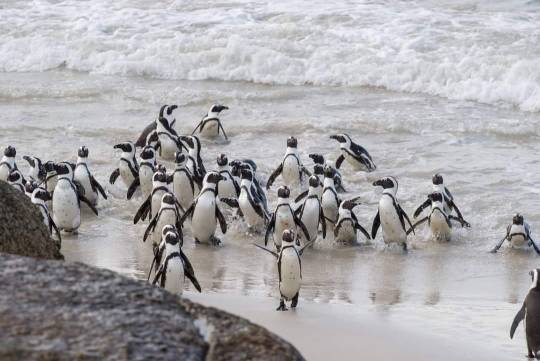
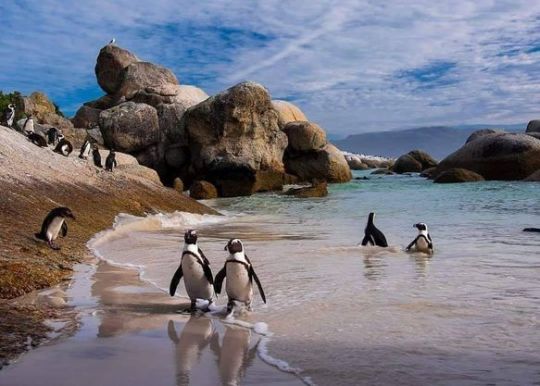
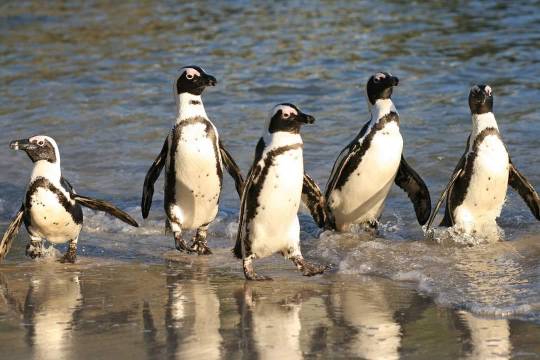
African Penguins (Spheniscus demersus), family Spheniscidae, order Sphenisciformes, Boulders Penguin Colony, Table Mountain National Park, South Africa
ENDANGERED.
photographs via: SANParks - Table Mountain National Park
435 notes
·
View notes
Text
Birds in Sekai - 5

Card 203, A New Face Who Looks Good In Red
These birds are (from left to right):
Southern rockhopper penguin, serving a polar bear, Eudyptes chrysocome
King penguins, Aptenodytes patagonicus
All penguins belong to the family Spheniscidae, in the order Sphenisciformes.


#rhythm games#project sekai#pjsk#vocaloid#meiko#more more jump!#mmj meiko#birds in sekai#birds#bird arts#various birds#penguins
10 notes
·
View notes
Text

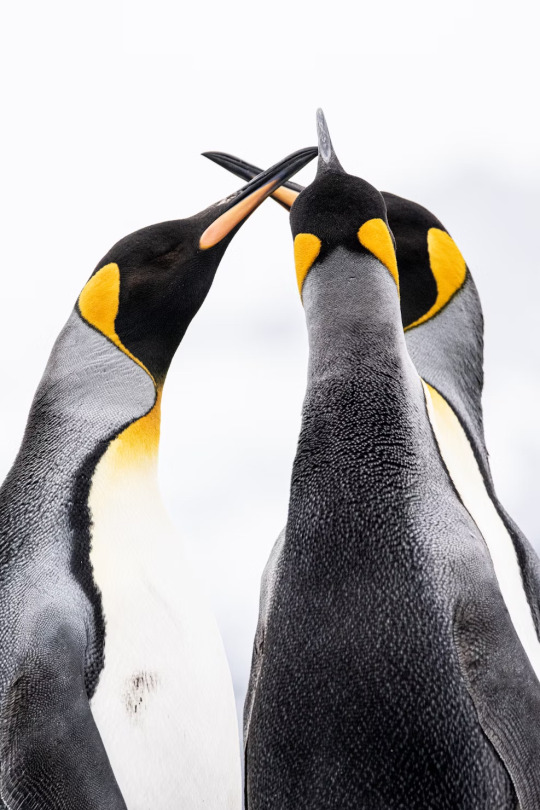

King Penguins in South Georgia and the South Sandwich Islands (British Overseas Territory)
Birger Strahl
Scientific name: Aptenodytes patagonicus
Conservation status: Least Concern (Population increasing)
Mass: 21 – 38 lbs
Family: Spheniscidae
Class: Aves
Domain: Eukaryota
Genus: Aptenodytes
The king penguin is the second largest species of penguin, smaller, but somewhat similar in appearance to the emperor penguin. There are two subspecies, A. p. patagonicus and A. p. halli; patagonicus is found in the South Atlantic and halli in the South Indian Ocean and at Macquarie Island.
#Antarctica#South Georgia and the South Sandwich Islands#British Overseas Territory#British Overseas Territories#British Territory#King Penguins#King Penguin#Penguins#Penguin#Wildlife#AntarcticaWildlife#Birds#Bird
3 notes
·
View notes
Text
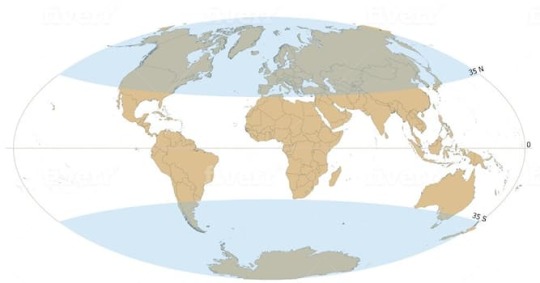
Penguins, of the 'Spheniscidae' family, are aquatic flightless birds that live predominantly in the Southern Hemisphere, with the exception of the Galápagos penguin, found north of the Equator.
The 'Spheniscidae' are divided into several subfamilies, each of whom have adapted to their surrounding climate. 'Aptenodytes', or great penguins, include the Emperor and King penguins found in Antarctica. 'Pygoscelis Wagler', or brush-tailed penguins, live in more humid areas, for instance, the Gentoo penguin found on the Falkland Islands. 'Eudyptula Bonaparte', or little penguins, are found in Australia and New Zealand, whereas the 'Megadyptes', such as yellow-eyed penguins, only live in the latter.
'Eudyptes Vieillot', or crested penguins, such as the Macaroni penguin, tend to live around the Indian ocean. 'Spheniscus Brisson', or banded penguins, which include the Galápagos penguin, frequent the coasts of South America and Africa.
Although most people associate penguins with snow and freezing temperatures, the majority live in the tropics. They are easily recognised by their countershaded dark and white plumage and flippers for swimming.
0 notes
Text


30 notes
·
View notes